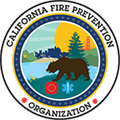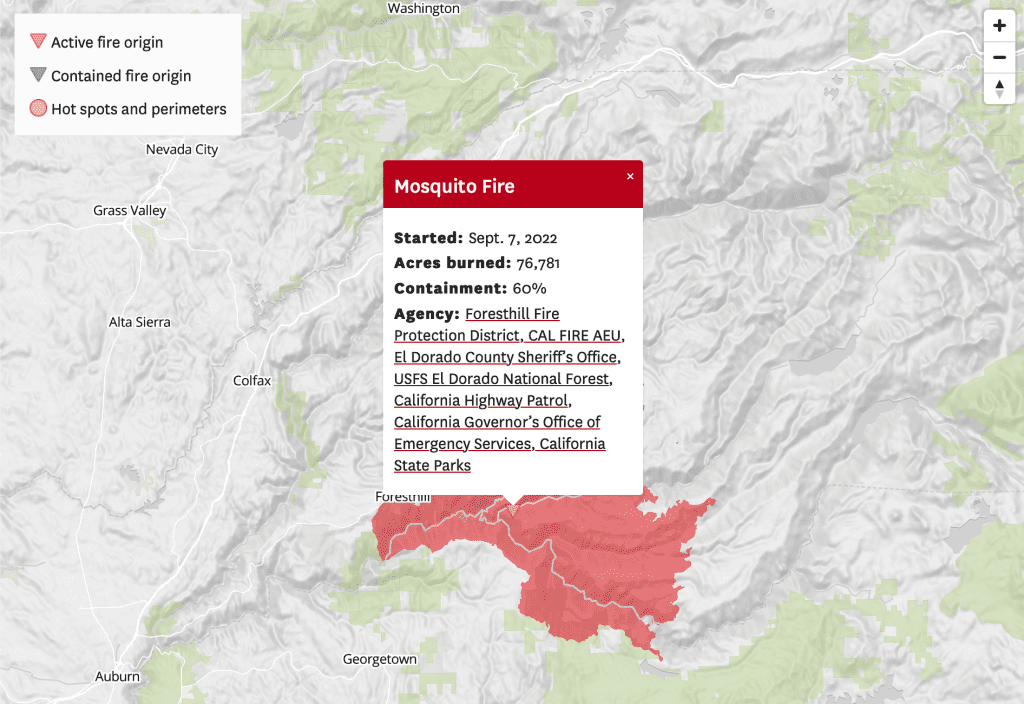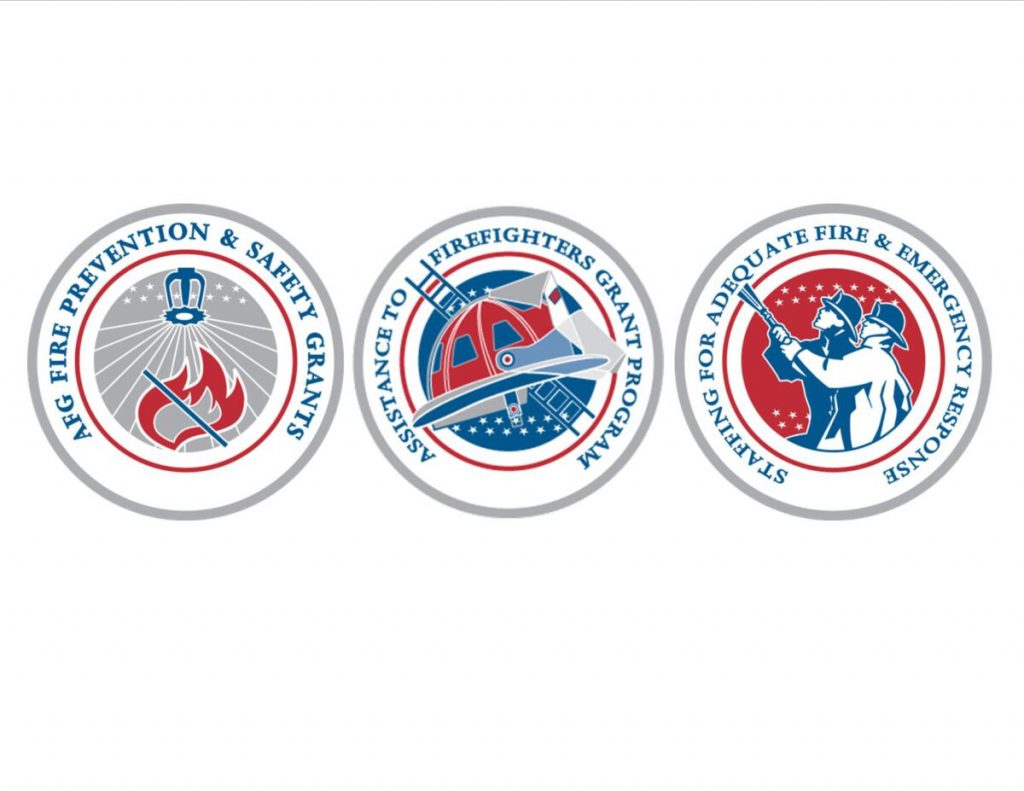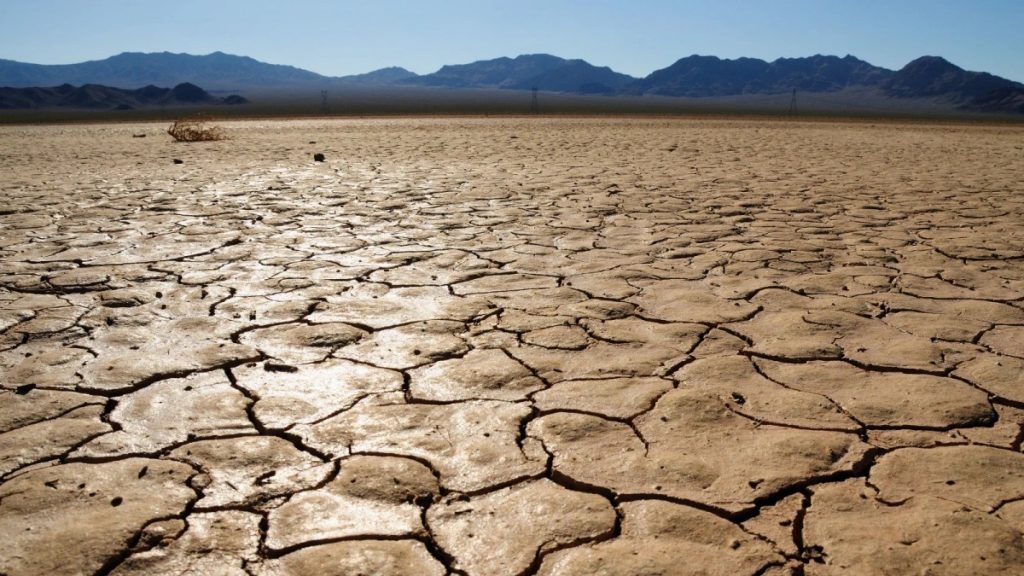What Burns You
The most common burns are from hot water
Everybody knows that fire burns. But did you know that water does too? Or chemicals? Or even electricity?
Knowing what can burn you is the first step to making you and your family safer.
Burn hazards can be found in nearly every room or your house – the kitchen, the family room, your backyard, your bedroom, even the bathroom.
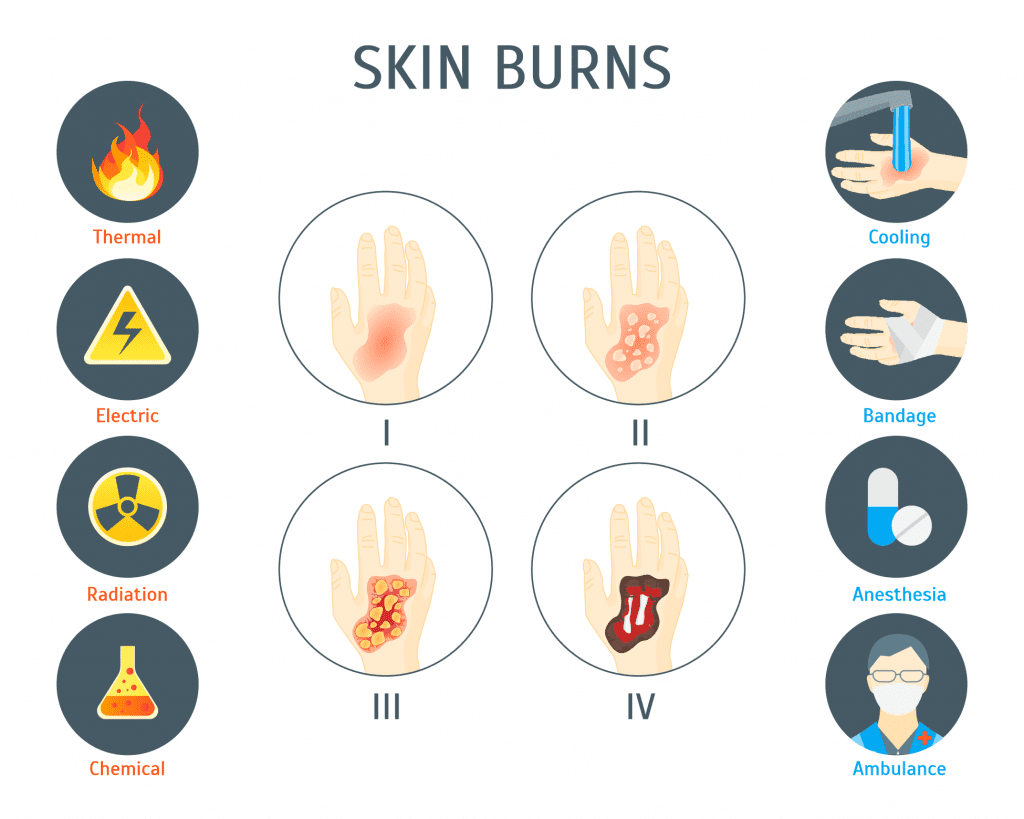
The majority of burns suffered by small children have to do with steam and hot liquid. Burns from water and steam are often called scalds. A child’s skin is more sensitive to heat than a grownup’s. That means that a hot bath for mom, is way too hot for your little sister. Children’s bathwater should be LESS THAN 120 DEGREES. Infants are even more sensitive. Their bathwater should be LESS THAN 100 DEGREES.
Major retailers offer thermometers so you can test the temperature of your bath. Some even look like bath toys!
You can learn more about how to treat scalds here.
There?s no place in your home where you are more likely to get burned, than in your kitchen. The combination of hot water from your sink, high heat from your oven, and open flame from a stove top makes the kitchen the most dangerous room in the house.
Burns that occur to children in the kitchen from hot cooking liquids are so common, emergency rooms and burn clinics actually have a name for them – pull down scalds. Here’s how to avoid them.
- Turn pot handles in, so they don’t stick out over the counter where they can be easily bumped, or only use pots with handles on the back burners of your stove.
- Keep track of hot drinks. Know where you placed them and make sure toddlers and young children can’t reach them.
- NEVER carry a hot beverage when you’re carrying a child.
You can learn more about how to treat scalds here.
Some things don’t have to be hot to burn you. Few of us think of chemicals when we think of burns, but chemical burns are a common hazard in every household.
As you might imagine, it’s all about chemistry. If a chemical comes into contact with your skin and it’s not at the same pH level as your skin, a chemical burn can occur. Here are some examples of chemicals that can cause burns:
- Lye
- Chlorine
- Acids
- Solvents
There are two important things to remember about chemical burns.
- Once a chemical comes in contact with the skin, it can burn for hours or even days
- In many instances, water does NOT help stop the burning
You can learn more about how to treat chemical burns here.
Ever since we introduced electricity into our daily lives, we’ve lived with the risk of electrical burns. Electrical burns are tricky. If someone is burned by electricity, the wound on the skin can often be very small, almost unnoticeable, but there are often internal burns that aren’t immediately apparent.
Like scalds, electrical burns frequently happen to small children. Chewing on electrical cords, sticking metal objects in electrical outlets, and coming in contact with bare wires are all common hazards.
You can learn more about how to treat electrical burns here.
Thermal burns (heat and fire)
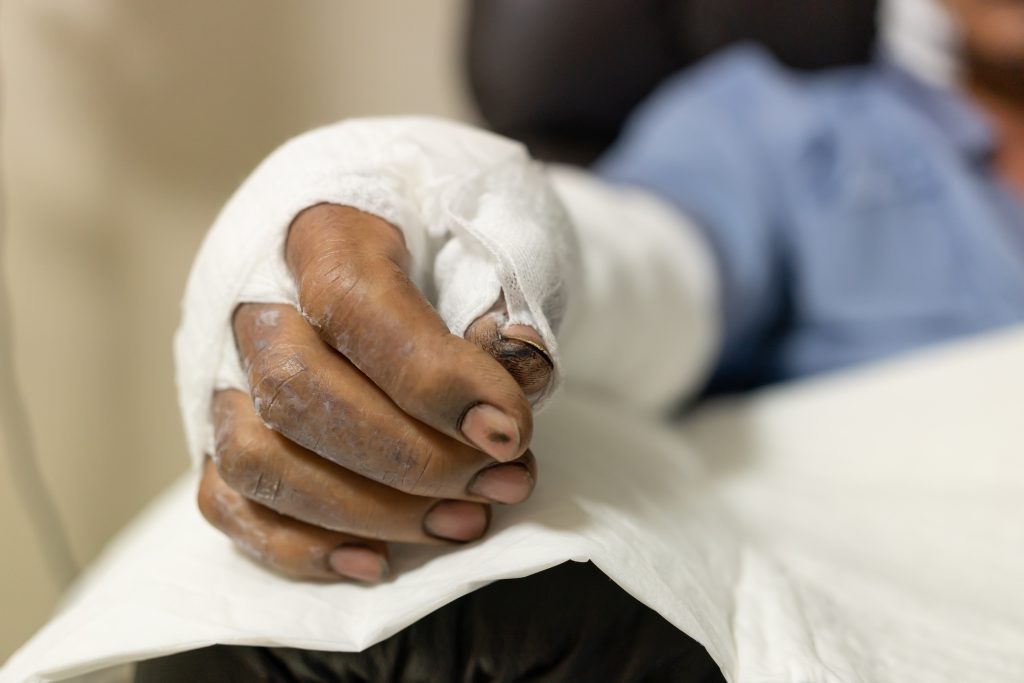
Of course, we all know that hot things burn. Thermal (or heat) related burns can happen in so many places, that it’s impossible to list them all here, but here are some general ideas for avoiding sources of thermal burns.
- The obvious places in your home, like fireplaces, stoves, and BBQs, are places where you need to be especially cautious.
- Open flames, such as candles, lanterns, and fire pits should never be left unattended.
- Fireworks – fireworks of any kind are illegal in California. You can learn more about fireworks here
- The Sun – it’s this planet’s biggest heat source, and it’s dangerous to all of us, if we’re exposed to it, unprotected, for long enough. You can learn how to prevent sunburns here
